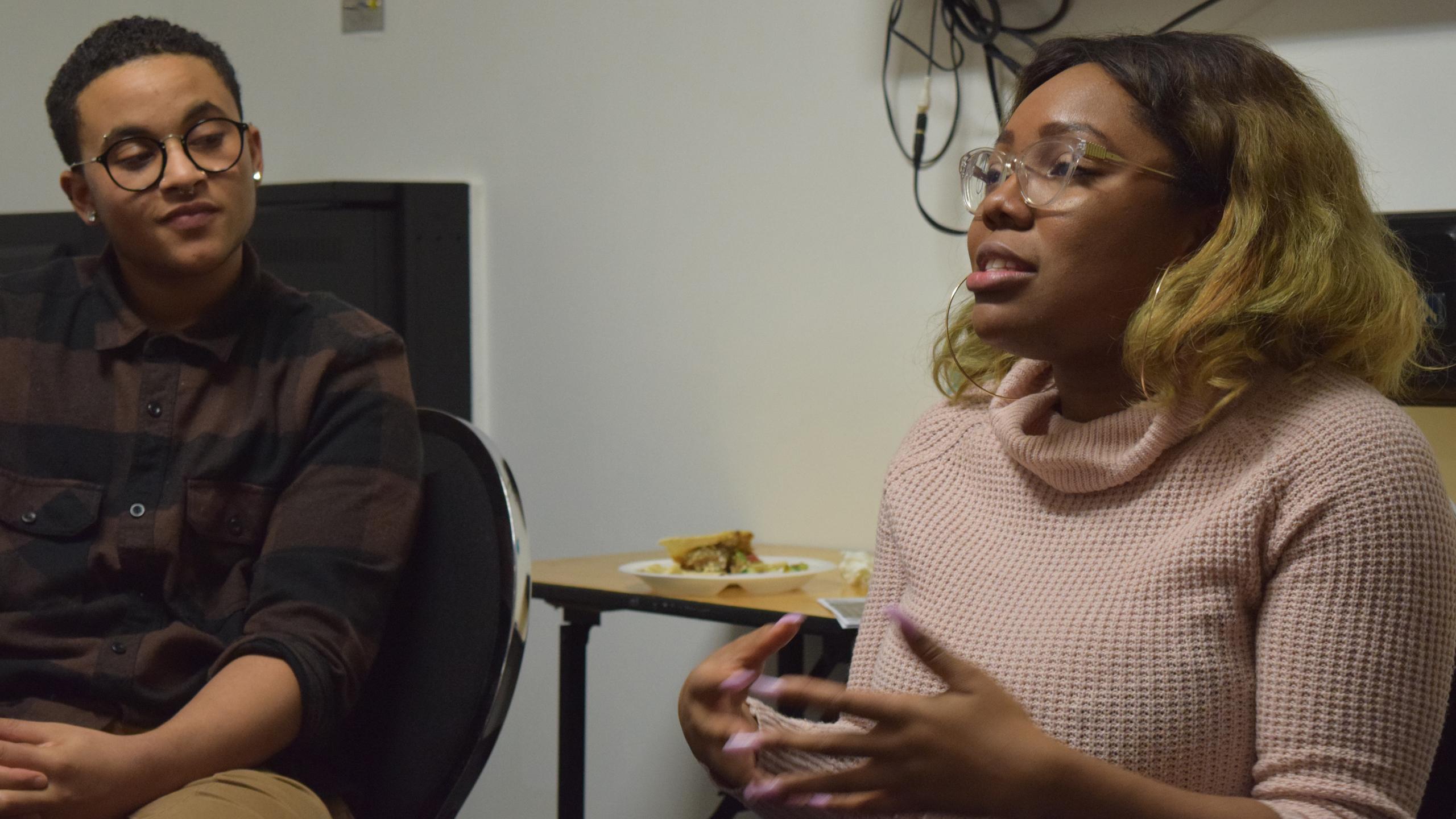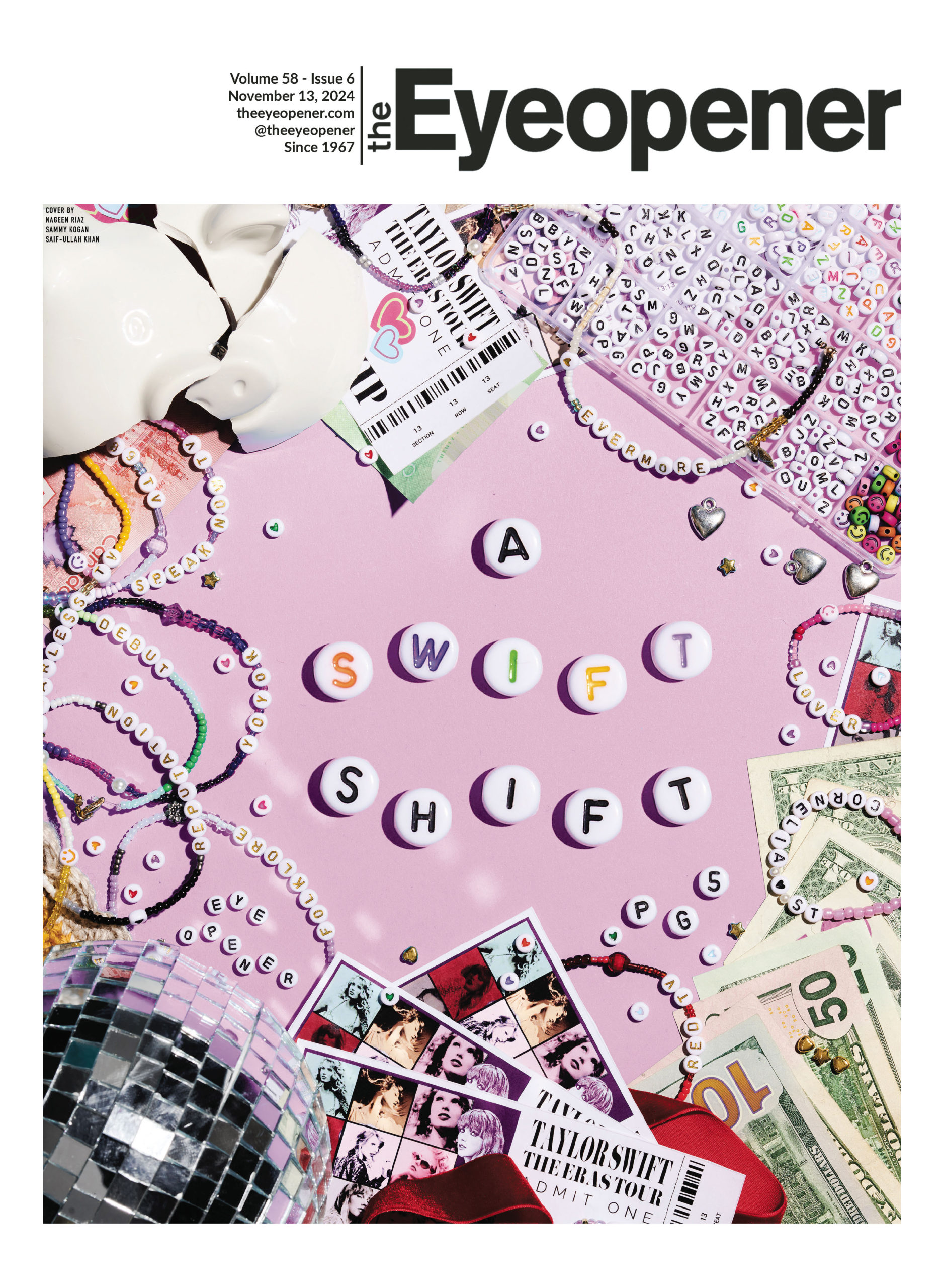By Lidia Abraha
Black Lives Matter Toronto (BLMTO) co-founder and Ryerson graduate Pascale Diverlus spoke to Black students at Ryerson about how they can mobilize and engage in combating anti-Black racism on campus.
“We forget that our campus is a microcosm of society,” she said. Diverlus encouraged students to tackle issues on campus before tackling issues in the city.
The event, hosted last week by Ryerson’s Black Liberation Collective (BLC), is part of the Black On Campus series. The four-part series is an effort to promote community-building for Black students while learning how to react to injustice.
“Capacity and community building has been the main piece,” said Chrys Saget-Richard a fourth-year social work student and a co-organizer of the Black on Campus series. “[It’s] to create a space where folks can catch their breath before going out to this really shitty, anti-black world.”
For the first installment of the series, Diverlus outlined four major tips on how to mobilize, engage and promote solidarity for Black students on campus.
Tip #1: All of us or none of us
Diverlus said this is her mantra, and that the only way students can generate change is by embracing all Black identities on campus.
Susanne Nyaga, the first Black woman to be RSU president, said this tip stuck out to her. “You can’t have a movement for certain types of people and talk about liberation because all you’re really doing is reworking the power dynamics,” she said. “If your movement is not representative, then it’s not really a movement. It’s a power shift.”
Diverlus said BLMTO’s involvement helped to ban uniformed police officers from all public schools in Toronto. A study by the Toronto District School Board reported that out of more than 15,500 students surveyed, 1,715 students said they felt intimidated by the presence of police officers at school and 2,207 students said they felt watched or targeted by the officer.
Even though a majority of students reported they were comfortable or were not sure about the matter, the numbers were alarming enough to BLMTO. They helped generate a successful city-wide campaign to get uniformed officers out of public schools in the largest school district in the country.
Tip #2: Liberation efforts must be queer and trans-led
As a follow-up to “all of us or none of us,” Diverlus emphasized the need for even representation of Black queer and trans people. She told students to challenge the lack of representation, and to be aware of who is at the table making all of the decisions.
“You can have the best intentions, but if those voices aren’t at the table, then it’s not enough,” said Diverlus.
Tip #3: Everything has to come from a place of love
“If it’s not genuine then it’s not going down,” said Diverlus. Students need to understand the variety of socio-economic backgrounds, religions and environments for the Black community. When launching liberation movements, it’s important to keep in mind that everyone is coming from a different place. According to Diverlus, genuine change comes from a place of understanding and love, making it the heart of any movement.
Tip #4: Imagine what Black liberation looks like, because it is very real
Diverlus said imagining Black liberation will help inspire students to fight against racism and discrimination. She urged students not to lose hope by envisioning change within society.
“Fight for it, because we can win and we will win, I promise you,” said Diverlus.
To find out more about the Black on Campus series, you can search the BLC on Facebook or go to their office in the Real Institute College Park building on the second floor, room 209.











Leave a Reply